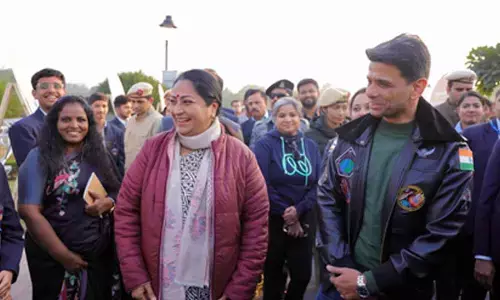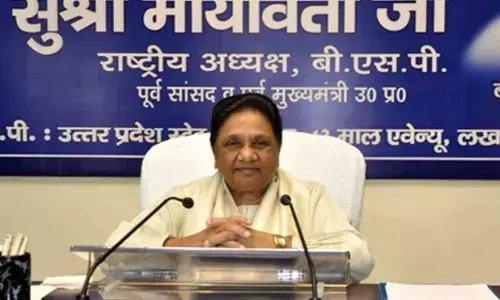Vijayawada: Government schools bear brunt of increased power bills

Representational picture
- With the increase of classrooms, there is a rise in monthly electricity bill
- Some schools are getting power bills more than Rs 15,000 a month
- Annual school grant is between Rs 10,000 to Rs 1 lakh only
Vijayawada(NTR District): The government schools across the State are facing the enormous burden of paying electricity bills due to increased power consumption and more classrooms.
Under Nadu Nedu programme, the government is constructing additional classrooms in schools
in three phases. In the first phase, works were taken up in 15,000 schools and in second phase, works were taken up in 22,000 schools. The third phase will be taken up later.
Each classroom in government high school have four fans and six tube lights. After additional classrooms were added, power consumption was increased due to more fans and tube lights, subsequently increasing power bills.
At present, schools with a strength of 1 to 30 students is getting Rs 10,000 grant per annum. Annual grant will be Rs 25,000 to schools with 31 to 100 students; Rs 50,000 to schools with 101 to 250 students; Rs 75,000 for a strength between 251 and 1000; Rs 1 lakh for schools with more than 1,000 students.
After the addition of classrooms, schools with more than 700 students are getting power bills between Rs 10,000 to Rs 15,000 per month. Schools with more than 1,000 students are getting power bills of more than Rs 15,000 per month and it will be Rs 1,50,000 for 10 months.
The headmasters are worried as to how to pay power bills because the onus is on HMs only. earlier, power bills are between Rs 2,000 to Rs 25,000 per month depending on the strength and use of fans, lights, computers and water supply. Most schools in the State get annual grant below Rs 25,000. If power bill is Rs 2,000 per month, annual power bill will be Rs 24,000. Most schools have powerful motors to fetch ground water.
Now the major problem for the headmasters is how to meet other expenses like stationery if they spend the entire grant to pay power bills.
Every school have stationery expenses like chalk pieces, Xerox copies, transportation expenses to get textbooks, uniforms and other material from the stock points. Besides, schools have to spend day today expenses to purchase stationery and meet other expenses.
Hence, the yearly grant sanctioned by the government for school maintenance is not sufficient to pay power bills. Schools with more than 500 students are facing the burden of power bills.
Teachers unions asked the government to increase the annual grants or make some alternative arrangement to pay power bills.
The electricity bills problem is haunting schools in mandals and villages also.
Many ZP schools across the State have more than 800 students. But, municipal schools are not facing this problem because municipalities and municipal corporations will pay power bills.
Implementation of Amma vodi and introduction of English medium in schools has increased enrolment of students.
According to sources, students' strength in government schools has increased from 37 lakh to 42 lakh in three years.
Distribution of uniforms, shoes and school bags, mid-day meals and other freebies by the government have resulted in the rise of enrolment in government schools.

















